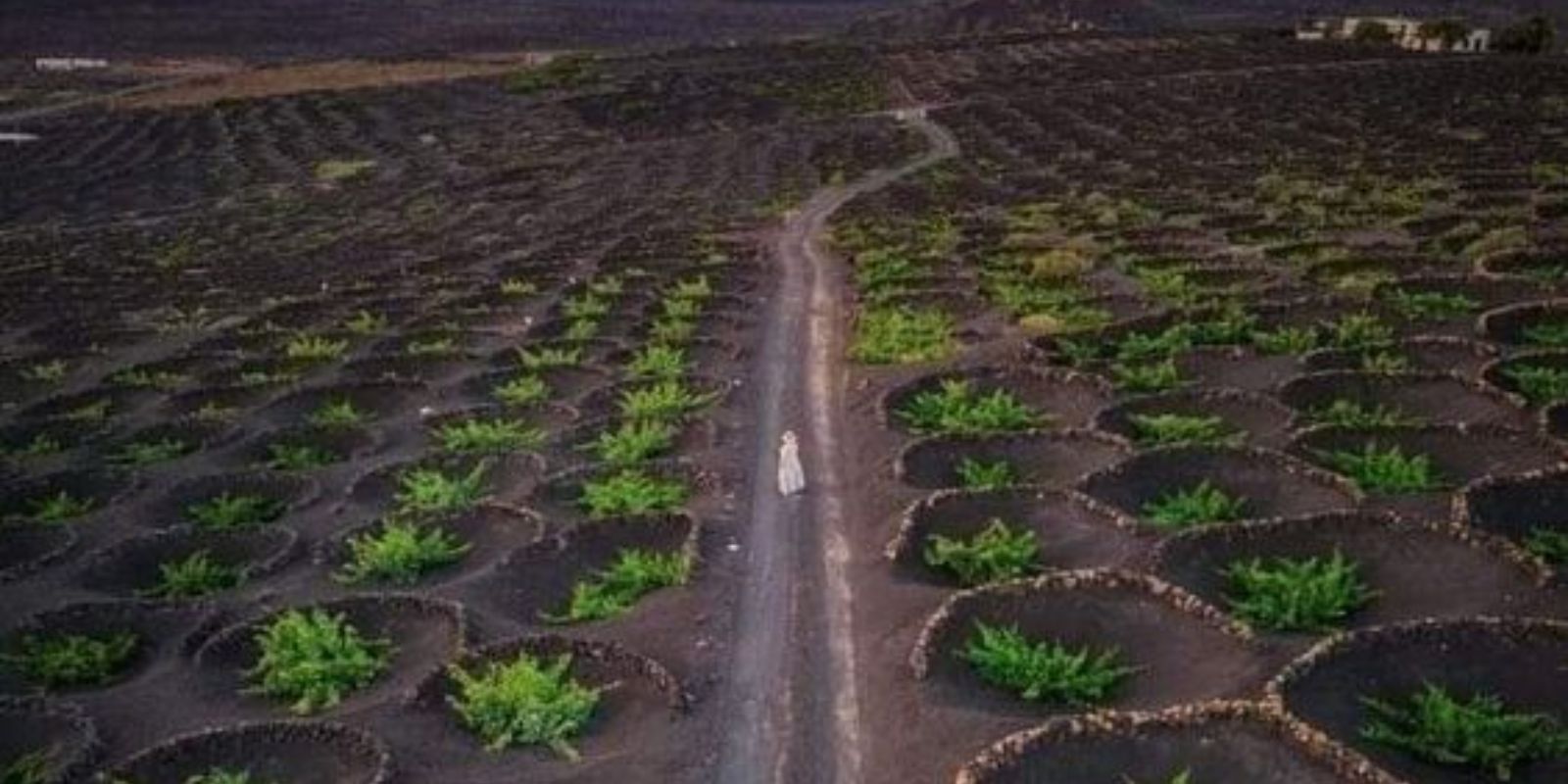Lanzarote, the easternmost island of the Spanish archipelago, is a unique and captivating destination. Situated near the northern coast of Africa and the Sahara desert, Lanzarote offers a landscape like no other, shaped by its volcanic origins and distinctive climate. This island, formed by volcanic eruptions around 15 million years ago, is a natural wonder that boasts solidified lava flows, volcanic rocks, and striking black sand beaches. Despite its harsh conditions, Lanzarote is a place of stunning beauty and cultural richness.
Geological Origins and Landscape
Lanzarote’s formation began millions of years ago, during a period of intense volcanic activity. The island’s landscape is dominated by solidified lava flows, craters, and other volcanic formations. One of the most iconic features is the Timanfaya National Park, also known as the Fire Mountains. This park covers a large area of the island and is home to more than 100 volcanoes. The last significant eruption in this region occurred between 1730 and 1736, dramatically altering the landscape and creating the unique terrain seen today.
The volcanic soil of Lanzarote, while seemingly inhospitable, has proven to be incredibly fertile. This is evident in the island’s vineyards, where grapevines are grown in shallow pits protected by semi-circular stone walls. These pits, called “zocos,” capture the morning dew and protect the vines from strong winds. The result is a distinctive wine, particularly the local Malvasia grape variety, which thrives in these conditions.
Climate and Weather
Lanzarote’s climate is influenced by its proximity to the Sahara desert and the Atlantic Ocean. The island experiences an arid climate, with minimal rainfall, averaging just 16 days per year. This lack of precipitation, combined with the volcanic landscape, creates a stark, almost otherworldly environment. The island’s unique microclimate allows for mild winters and hot summers, with temperatures on the black plains reaching up to 50°C (120°F).
Despite these high temperatures, the island is cooled by the trade winds, providing a more comfortable atmosphere for residents and visitors. These winds also play a crucial role in agriculture, helping to moderate the extreme heat and providing moisture to the soil. The Lanzaroteños have adapted to these conditions, developing ingenious methods for water conservation and agriculture.
Cultural Heritage and Attractions
Lanzarote is not just a natural wonder; it is also rich in cultural heritage. The island has a long history of human settlement, with evidence of habitation dating back to the pre-Hispanic era. The indigenous people, known as the Majos, left behind a legacy of unique cultural practices and artifacts.
One of the most significant cultural figures associated with Lanzarote is the artist and architect César Manrique. Born on the island, Manrique was instrumental in shaping Lanzarote’s aesthetic and cultural landscape. He advocated for sustainable development and harmonious integration of architecture with the natural environment. Many of the island’s most iconic attractions, such as the Jameos del Agua and Mirador del Río, were designed by Manrique. His influence can be seen throughout Lanzarote, in its architecture, public art, and commitment to preserving the island’s natural beauty.
Natural Wonders and Outdoor Activities
Lanzarote offers a plethora of outdoor activities for nature enthusiasts. The island’s unique geology makes it an ideal destination for hiking, with numerous trails that offer stunning views of volcanic landscapes, coastal cliffs, and serene beaches. The Timanfaya National Park, with its volcanic craters and geothermal features, is a must-visit for anyone interested in geology and natural history.
The island’s coastline is equally impressive, with dramatic cliffs, pristine beaches, and crystal-clear waters. Lanzarote is a popular destination for water sports, including surfing, windsurfing, and diving. The underwater world around the island is rich with marine life, making it a paradise for divers. The Museo Atlántico, an underwater sculpture museum, offers a unique diving experience, combining art and marine conservation.
Lanzarote is also known for its dark skies, making it a perfect spot for stargazing. The island’s low light pollution and clear skies provide excellent conditions for observing the stars, planets, and other celestial phenomena.
Sustainable Tourism and Environmental Conservation
Lanzarote has made significant efforts to promote sustainable tourism and environmental conservation. The island’s commitment to preserving its unique landscape and cultural heritage is evident in its strict building regulations and environmental policies. These measures ensure that new developments do not disrupt the island’s natural beauty and that tourism is managed in a way that minimizes its impact on the environment.
The work of César Manrique has been pivotal in promoting this vision of sustainable development. His projects, such as the Fundación César Manrique, continue to educate visitors and locals about the importance of environmental conservation and sustainable living. The island’s focus on sustainable tourism has made it a model for other destinations around the world.
Conclusion
Lanzarote is a unique destination that offers a fascinating blend of natural wonders, cultural heritage, and outdoor activities. Its volcanic origins have created a stunning landscape, while its climate and environment offer a unique experience for visitors. The island’s commitment to sustainable tourism and environmental conservation ensures that its beauty and heritage are preserved for future generations. Whether you’re interested in exploring volcanic landscapes, enjoying water sports, or simply soaking in the island’s natural beauty, Lanzarote has something for everyone. Discover the island’s magic and see why it is truly a marvel in the Atlantic.

